The otterhound — the story behind Britain's rarest breed of dog
Bred for centuries to hunt otters in icy rivers, these shaggy, web-footed hounds were once favoured by royalty. Today, fewer than 1,000 survive worldwide.
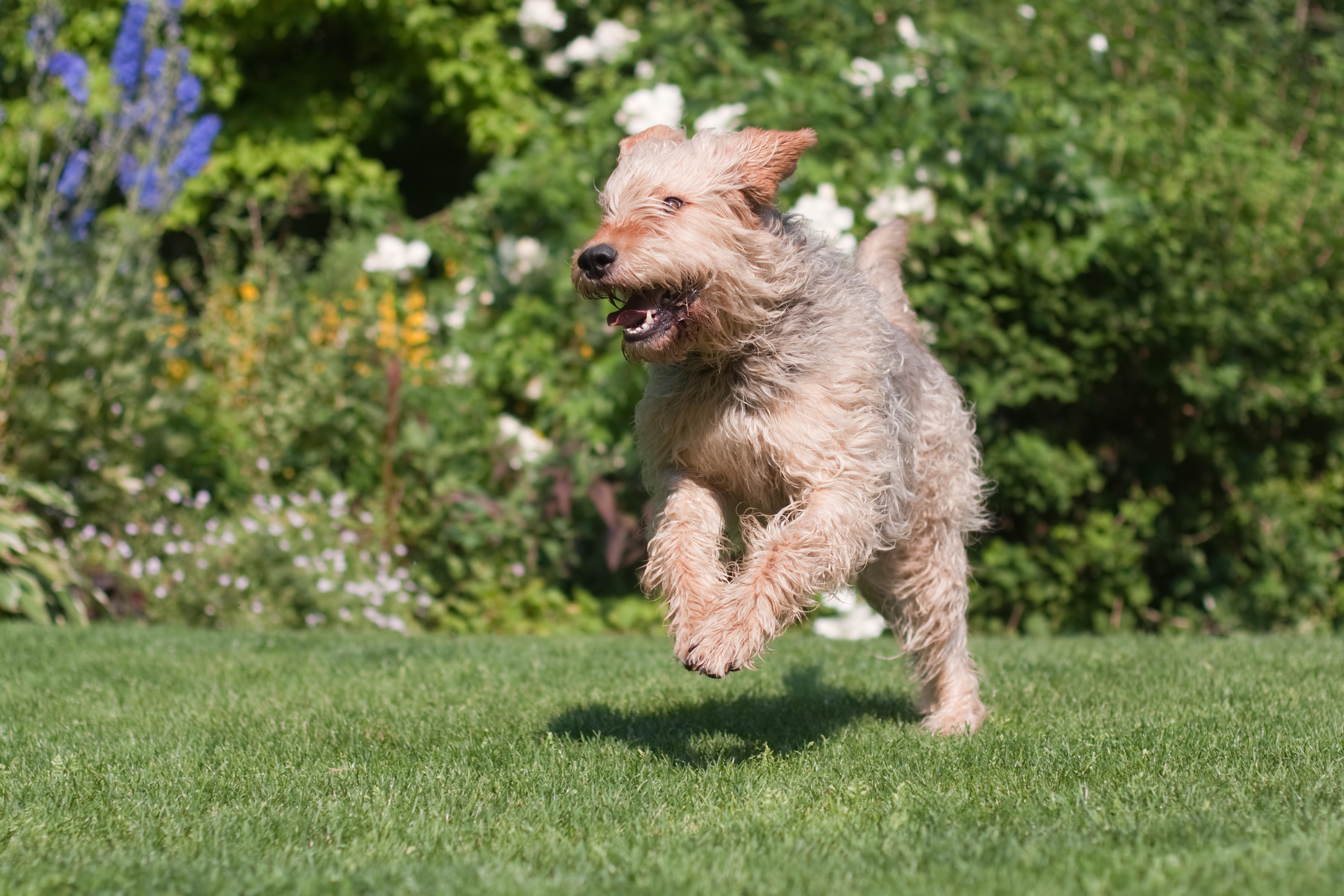

Victoria Marston
With International Dog Day just behind us, it seems only fitting to celebrate the rarest of the rare: the otterhound, Britain’s most endangered native breed. Fewer than 1,000 survive worldwide, with only 42 puppies registered with the Kennel Club last year, making them rare than a snow leopard.
These large, rough-coated hounds were first bred in medieval England, when rivers teemed with salmon and trout and otters were considered a serious threat to fish stocks. Equipped with webbed feet for swimming, oily double coats to withstand icy waters and noses so keen they can follow a scent up to 72 hours old, otterhounds were the ultimate specialist hunters. Their dense, water-resistant coats — which come in black and tan, black and blue, grizzle and white, liver and tan, particolour, red grizzle, or white and black — made them instantly recognisable as they splashed through Britain’s rivers.
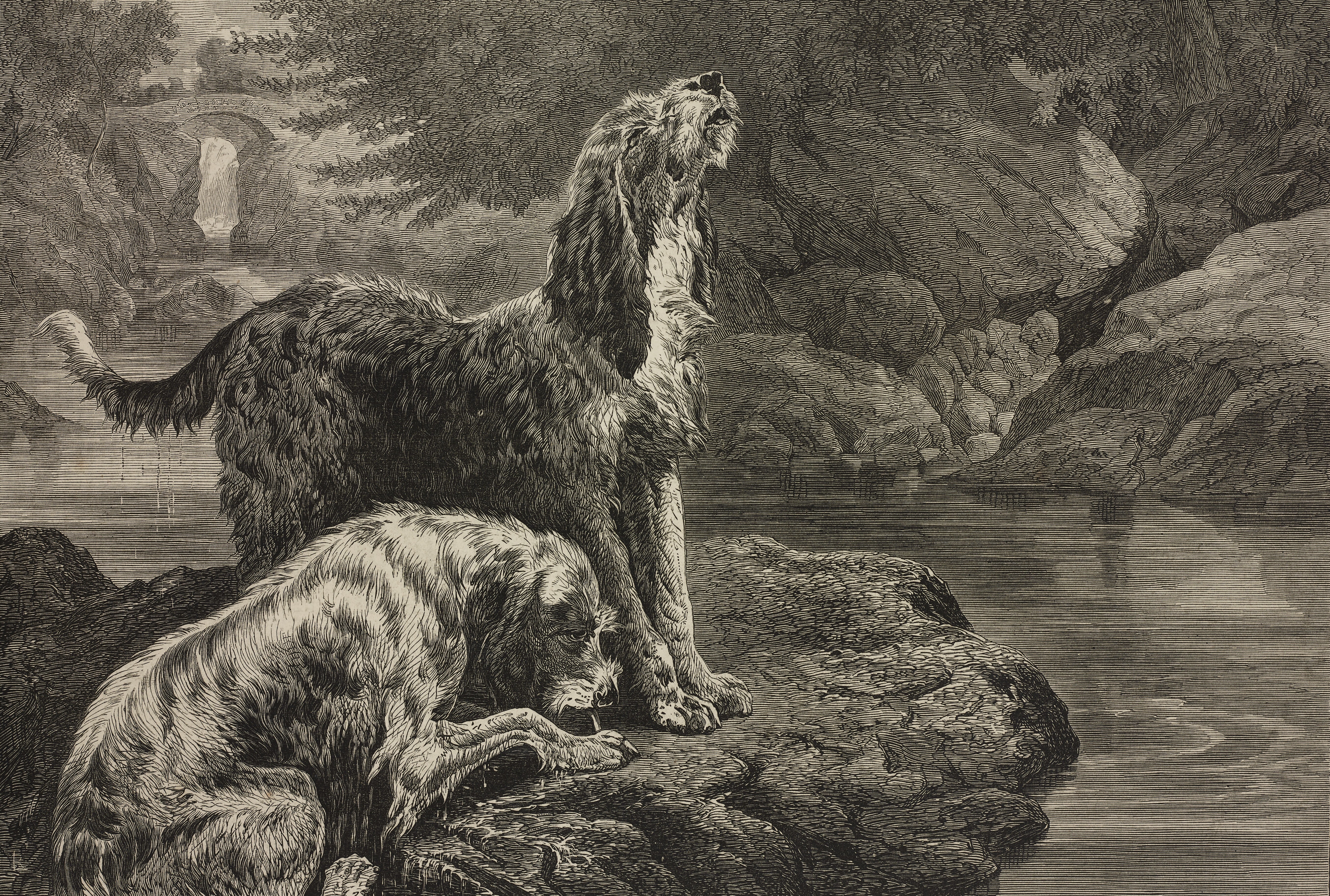
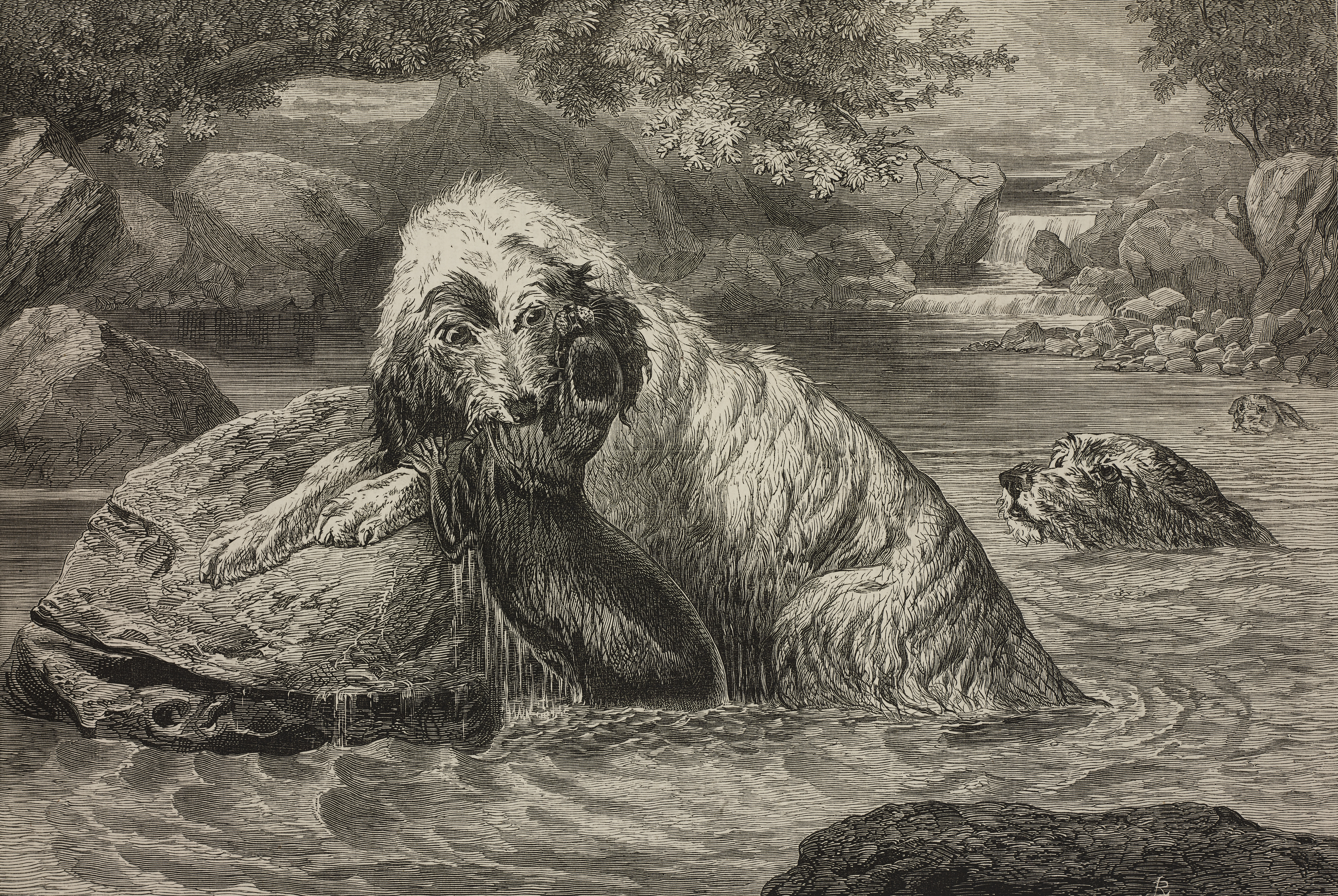
Packs were once kept by monarchs, from King John to Elizabeth I, and the breed was a fixture of pageantry and country sport for centuries. But by the late 1970s otters themselves were in sharp decline, and hunting was outlawed in 1978 (with Scotland soon following). Some otterhounds found a new role as minkhounds, but many were left without a purpose — and gradually slipped out of favour.
Determined to save them from extinction, the Kennel Club offered free registration to hounds from disbanded packs, while the Otterhound Club was formed to promote and protect what Country Life once described as ‘the most picturesque of breeds’ (February 8, 1930). Even so, numbers remain perilously low, and the deep, sonorous bay — likened by some to distant church bells, by others to Chewbacca — is now a rare sound in the countryside.
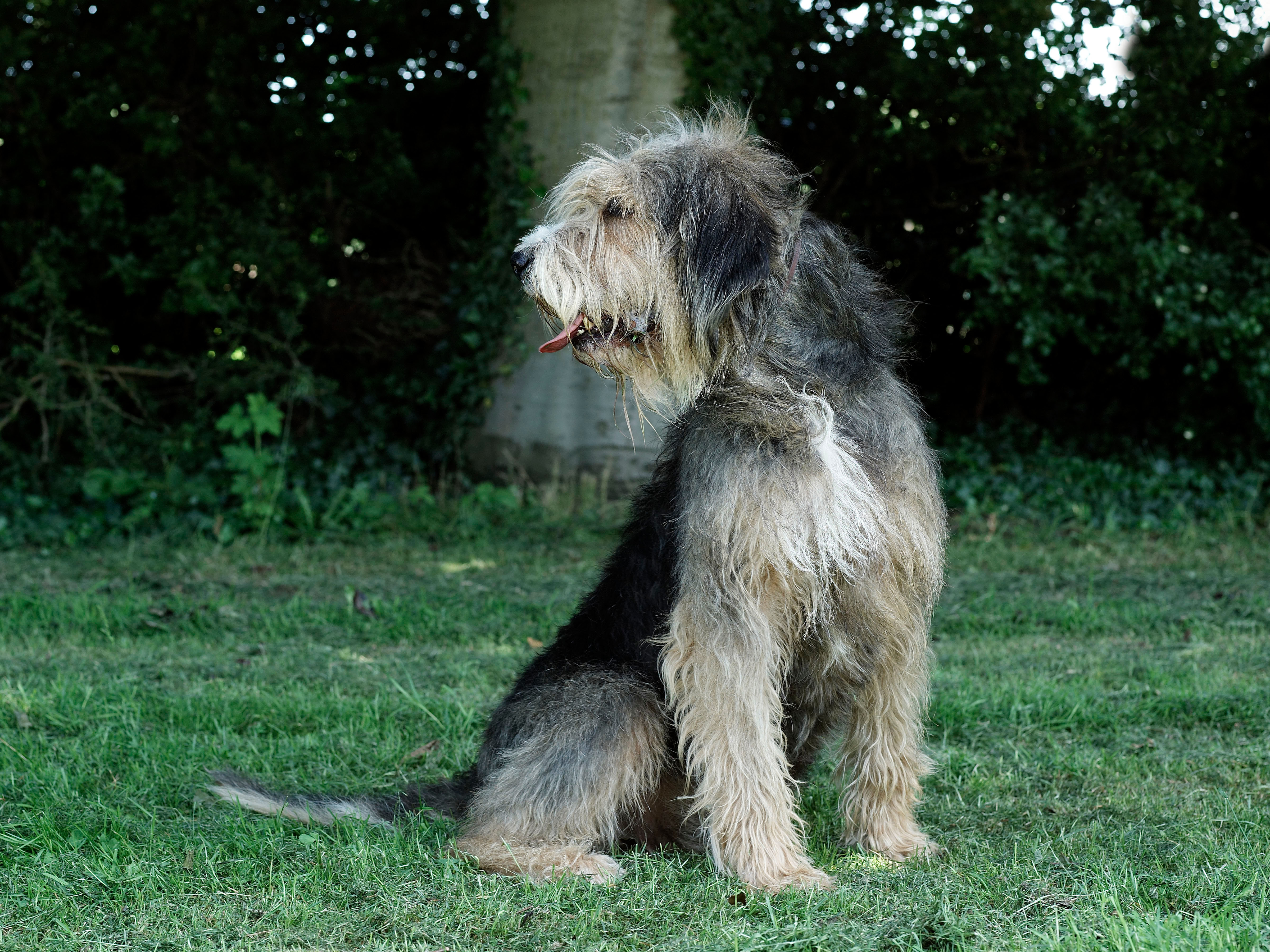
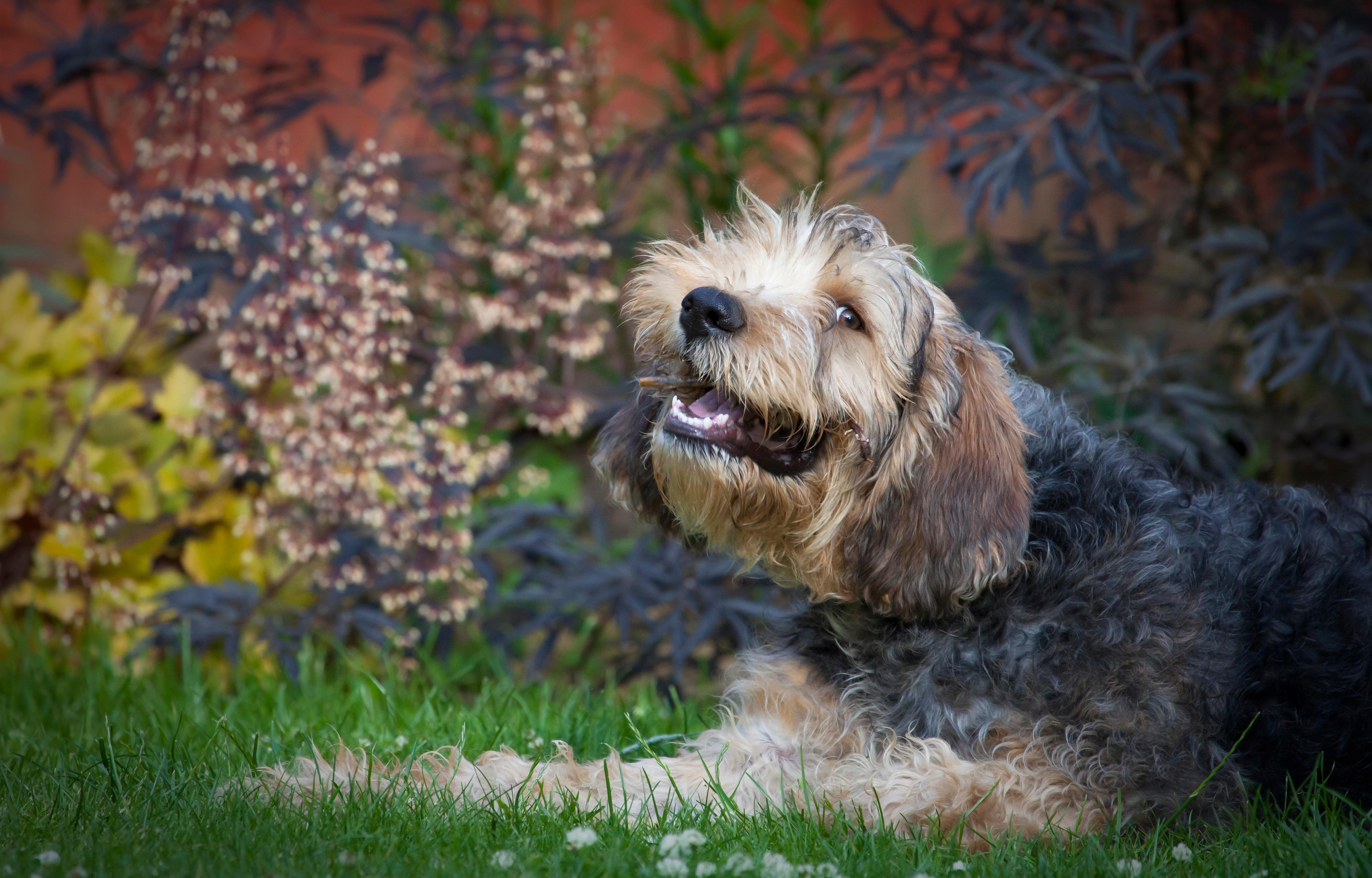
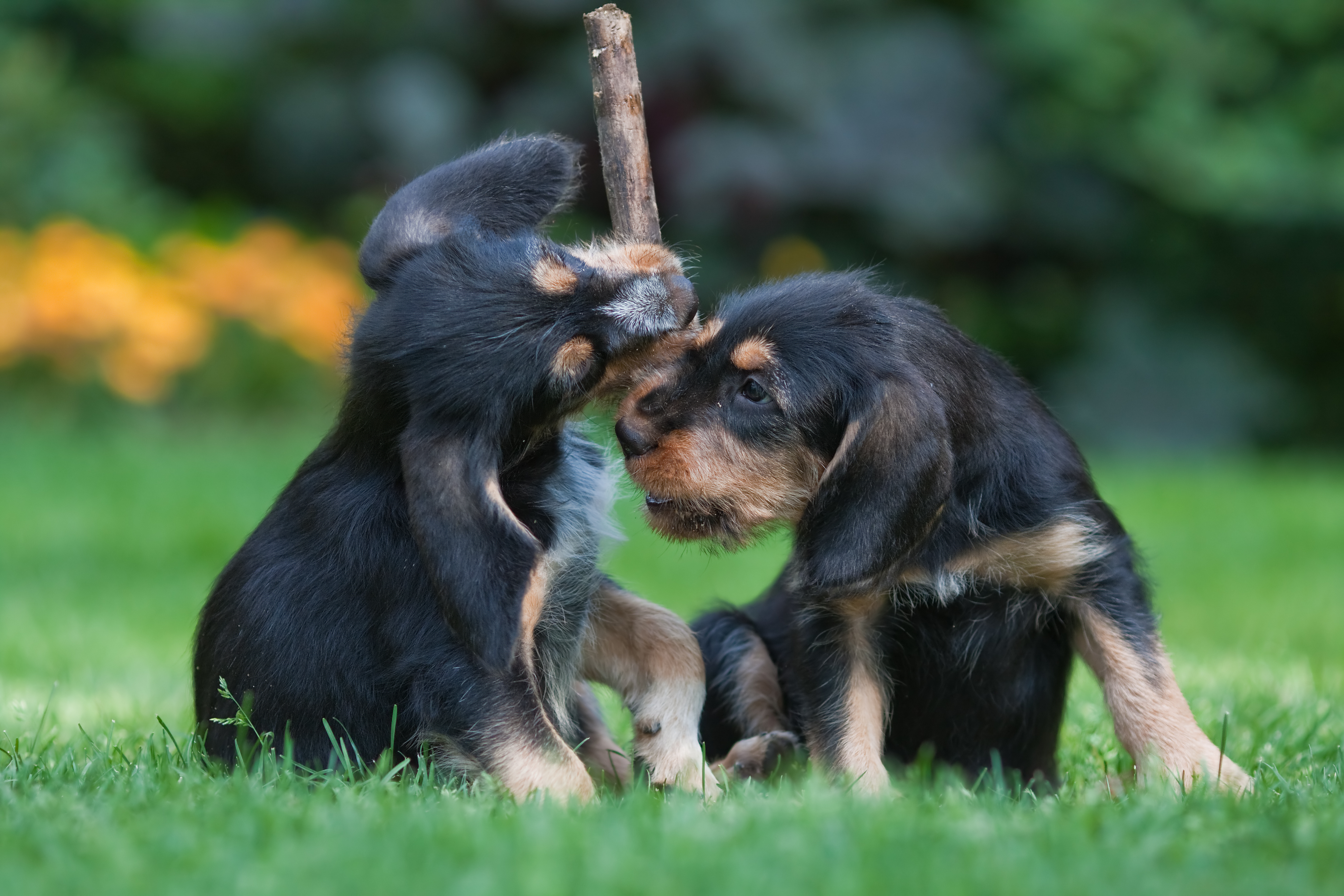
The breed’s character, however, has always been celebrated. Described in its Kennel Club standard as amiable and even-tempered, the otterhound has made its mark both on screen and in stone. In the 1982 musical Annie, a six-year-old otterhound named Bingo stole the show as Sandy — rewarded off-camera with steak or prime rib after each day’s filming. Far more classical is the memorial to Ringwood, an ‘Otter-Hound of extraordinary Sagacity’, who rests beneath a stone arch in Venus’s Vale at Rousham House, Oxfordshire.
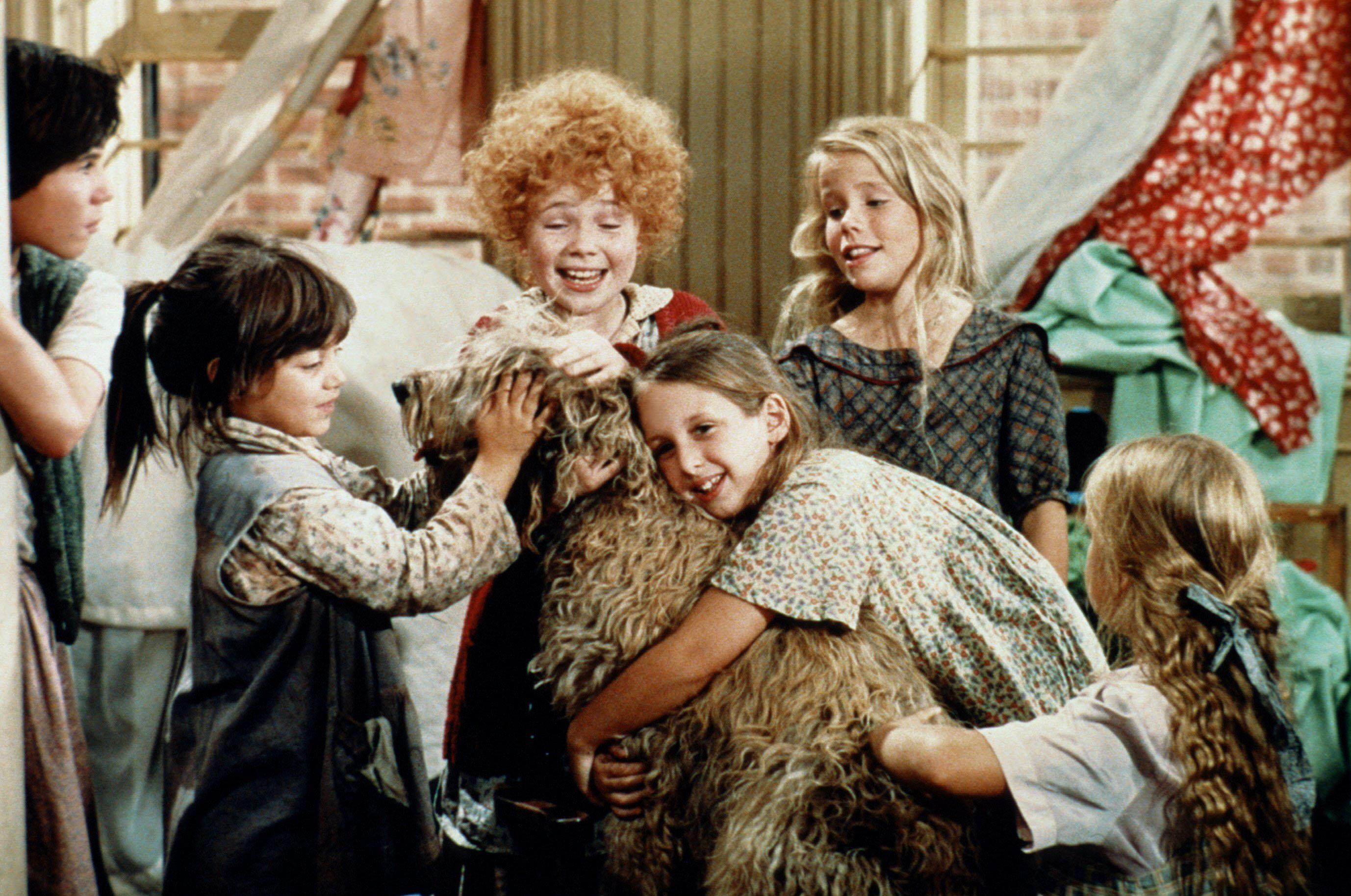
Star turn — Sandy/Bingo the otterhound steals hearts in Annie (1982).
Once indispensable by the riverbank and later admired for their looks and loyalty, otterhounds today are cherished by the few who keep them — living links to Britain’s sporting past, and reminders that even the rarest breeds are worth saving.
Exquisite houses, the beauty of Nature, and how to get the most from your life, straight to your inbox.
Florence is Country Life’s Social Media Editor. Before joining the team in 2025, she led campaigns and created content across a number of industries, working with everyone from musicians and makers to commercial property firms. She studied History of Art at the University of Leeds and is a dachshund devotee and die-hard Dolly Parton fan — bring her up at your own risk unless you’ve got 15 minutes to spare.
-
 Sweet civilisation: What do you get when you ask architects to compete in a gingerbread competition?
Sweet civilisation: What do you get when you ask architects to compete in a gingerbread competition?The Gingerbread City is back in London’s Kings Cross. Lotte Brundle pays it a visit.
-
 Sophia Money-Coutts: A snob's guide to meeting your in-laws for the first time
Sophia Money-Coutts: A snob's guide to meeting your in-laws for the first timeThere's little more daunting than meeting your (future) in-laws for the first time. Here's how to make the right kind of impression.
-
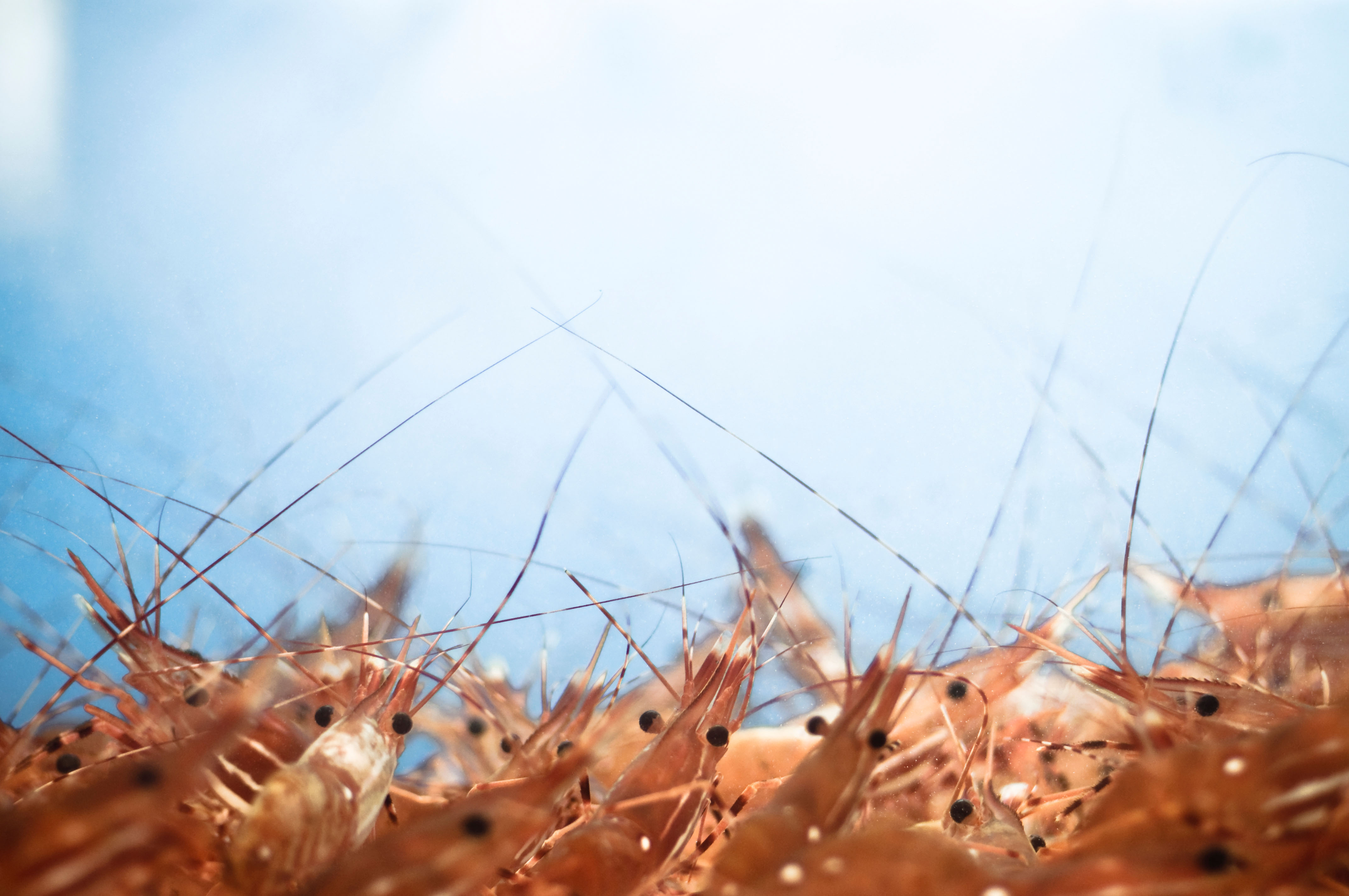 Farmers of Britain, go forth and grow prawns
Farmers of Britain, go forth and grow prawnsA new study has proposed that farmers could start growing king prawns to diversify income streams.
-
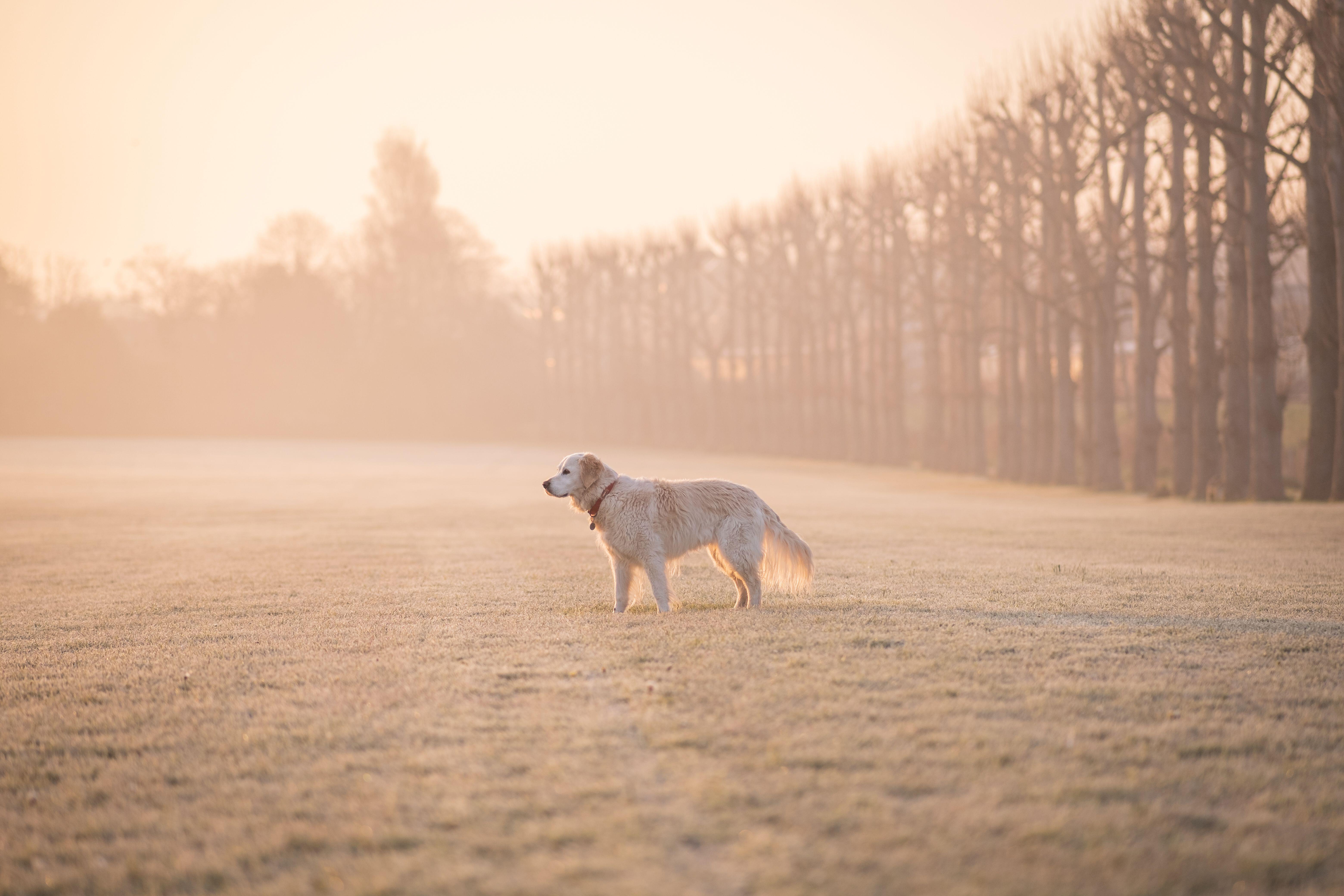 The golden retriever: The world’s most likeable dog almost didn’t exist at all
The golden retriever: The world’s most likeable dog almost didn’t exist at allThey’ve been popping up everywhere this week — on the Tube, at Christmas parties and in the news — so it feels like the perfect moment to talk about the dog breed we’re lucky to have.
-
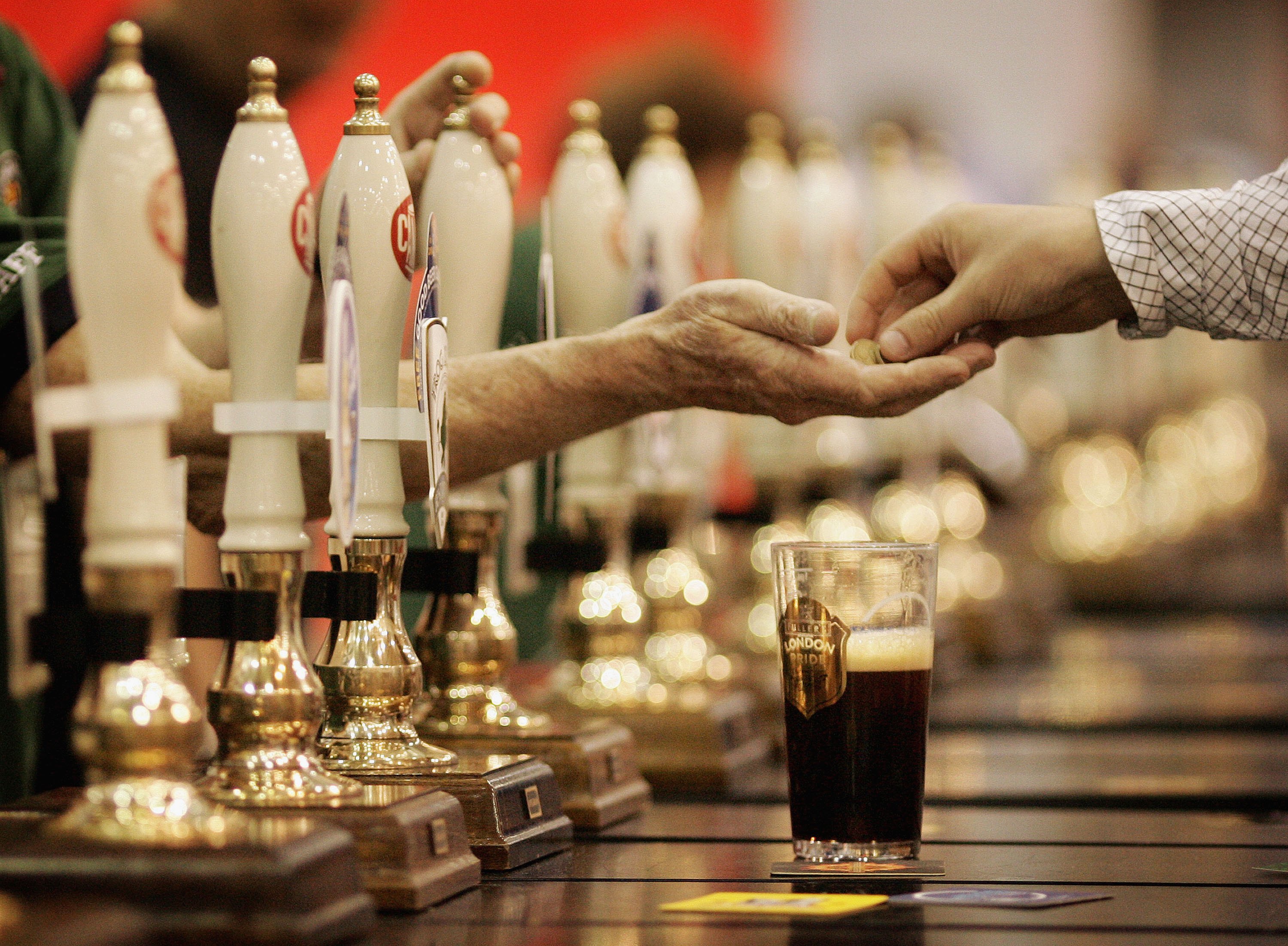 In search of London’s earliest pint
In search of London’s earliest pintEarly houses — pubs open in the early hours to feed and water the market trade — have been a cornerstone of London for centuries. Yet, as Will Hosie finds, they aren’t stuck in the past.
-
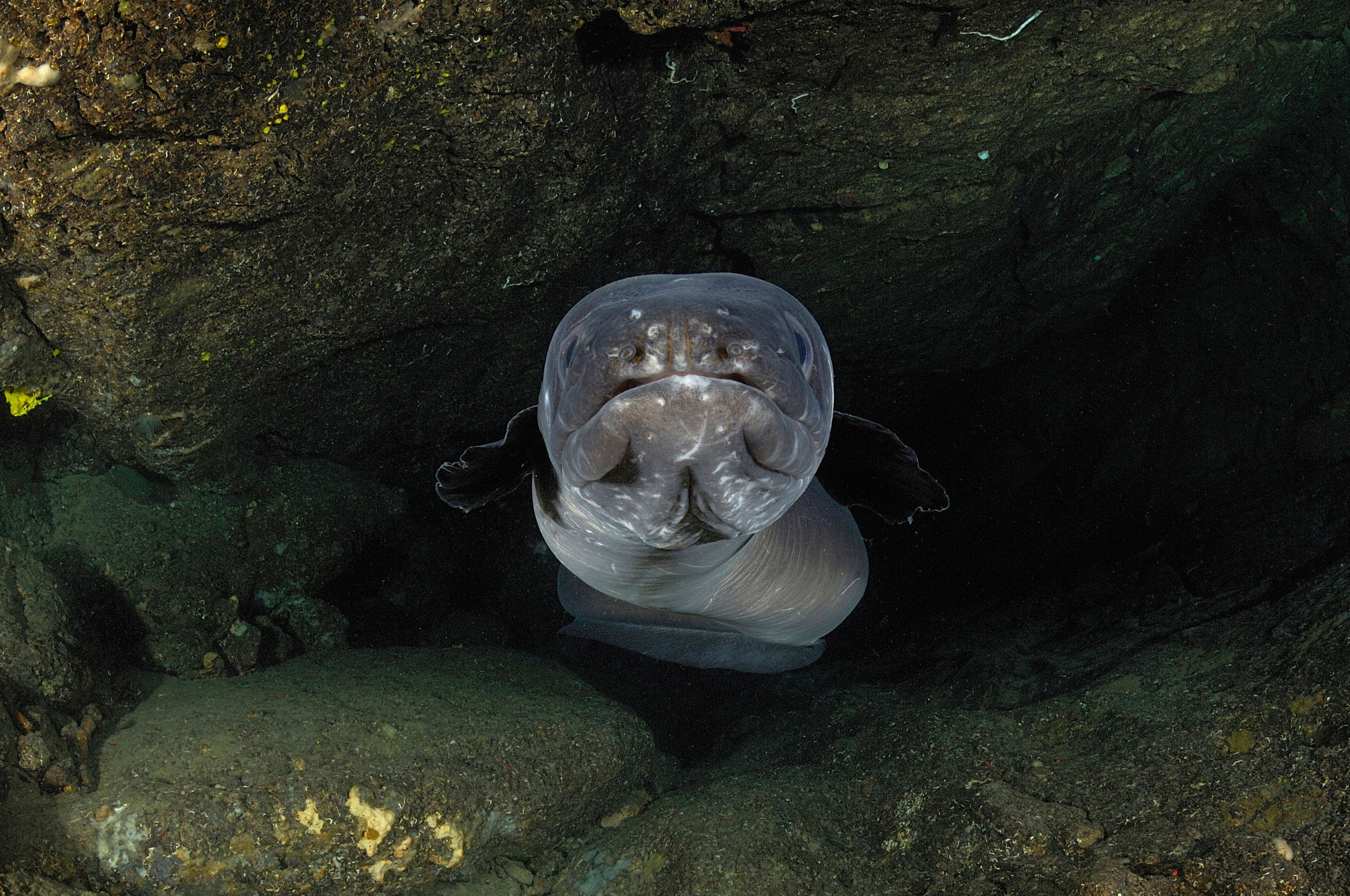 Aristotle believed they emerged spontaneously from mud, Sigmund Freud dissected thousands of them and they can dive lower than a nuclear submarine — but what is the truth about the eel?
Aristotle believed they emerged spontaneously from mud, Sigmund Freud dissected thousands of them and they can dive lower than a nuclear submarine — but what is the truth about the eel?It would seem the European eel has a long way to go to win hearts, Laura Parker says of the slippery animal with an unfortunate image problem.
-
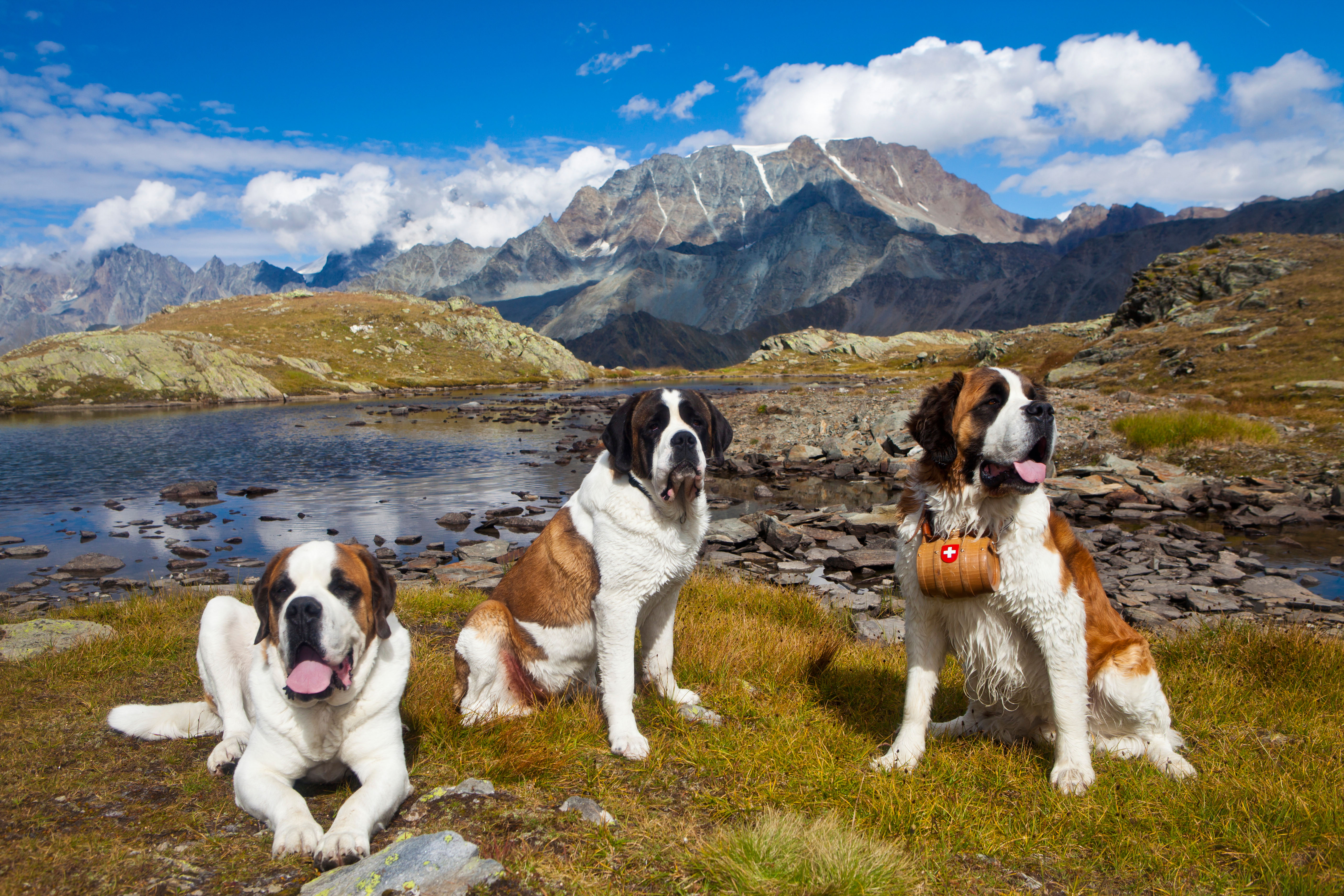 The Alpine rescue dog built for blizzards, bred by monks
The Alpine rescue dog built for blizzards, bred by monksAs snow fell across the UK this week, I found myself day-dreaming of St Bernards striding through the Alps — a snow-day dog worth celebrating.
-
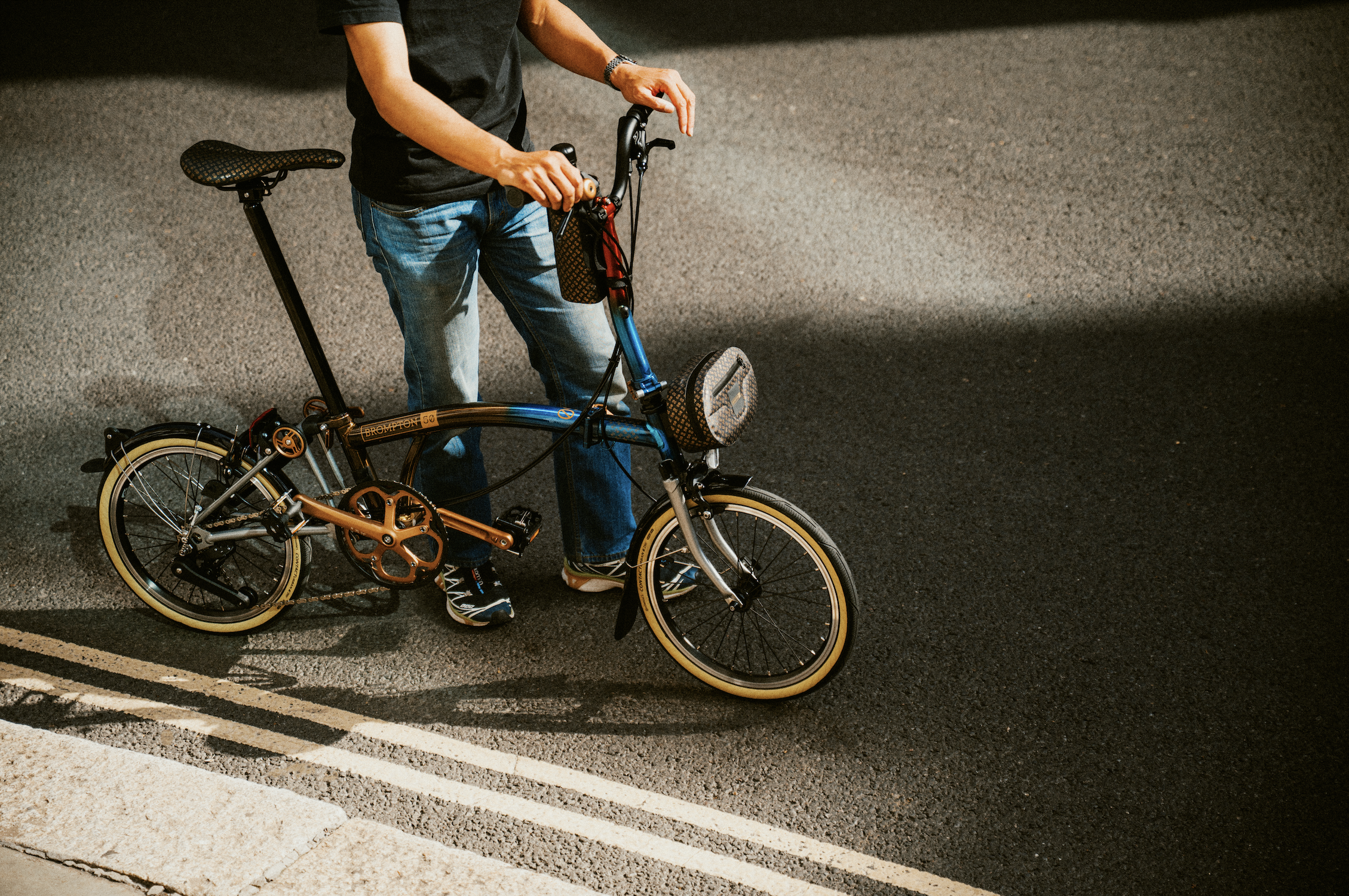 Better than Ozempic? 50 years of the Brompton bicycle
Better than Ozempic? 50 years of the Brompton bicycleOwen Wilson, James May and most of the middle-aged men and condescending hipsters you know love them. As the iconic folding bike turns 50 Lotte Brundle hops on one with the company's CEO.
-
 No more froths, no more foams, no more tweezers. Classic dining is making a comeback. Thank god
No more froths, no more foams, no more tweezers. Classic dining is making a comeback. Thank godFrom prawn cocktail and Arctic roll to starched tablecloths and ‘nicotine cream’ on the walls, it’s out with the new and in with the old in the restaurant world
-
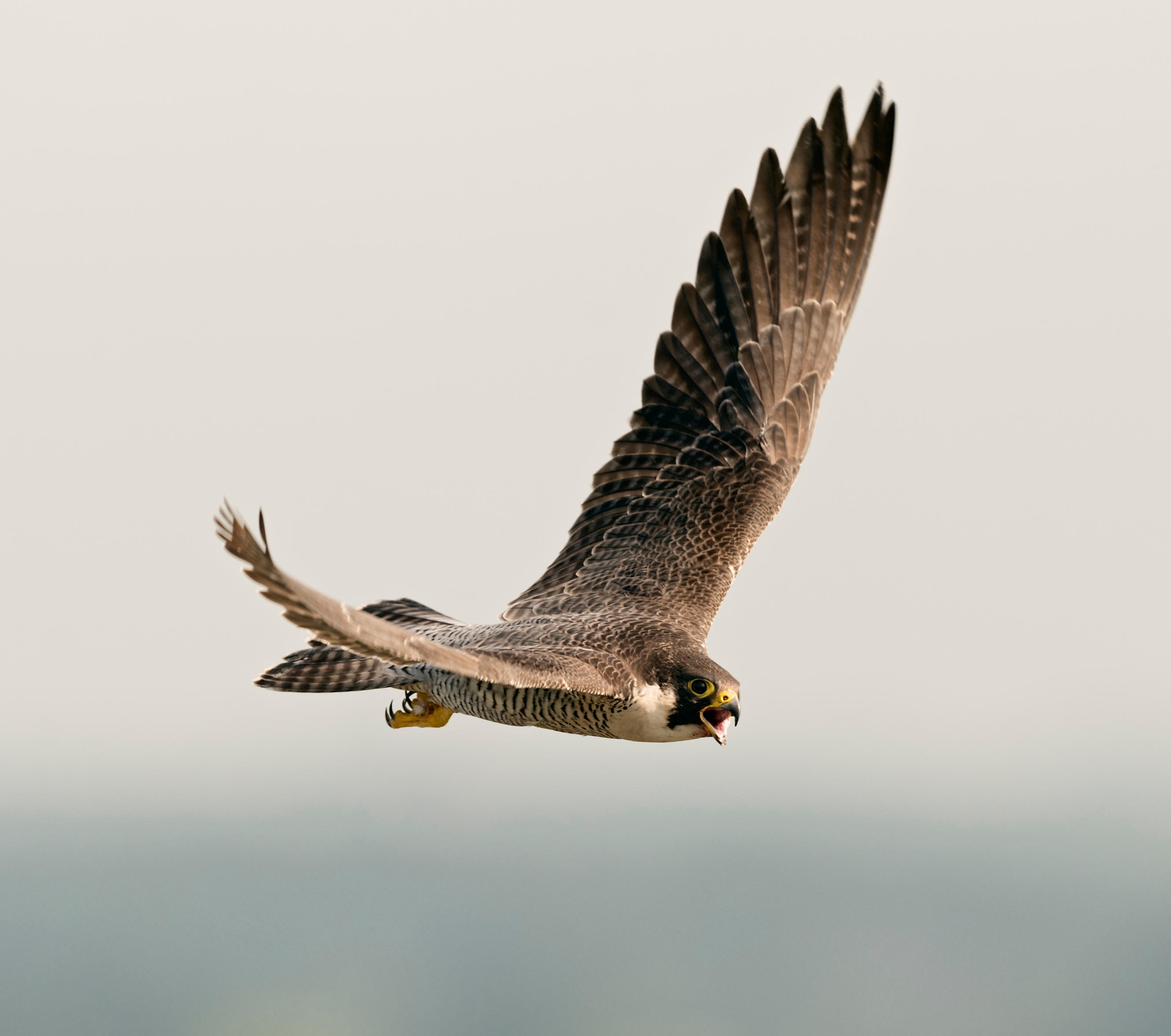 'It is hard to beat the excitement of watching a peregrine you have trained stoop from 1,000ft, going more than 100mph' — the complicated world of falconry
'It is hard to beat the excitement of watching a peregrine you have trained stoop from 1,000ft, going more than 100mph' — the complicated world of falconryA combination of spellbinding sport and profound empathetic connection, falconry–a partnership in which the bird maintains the upper hand–offers a window into ‘the deeper magic’.
